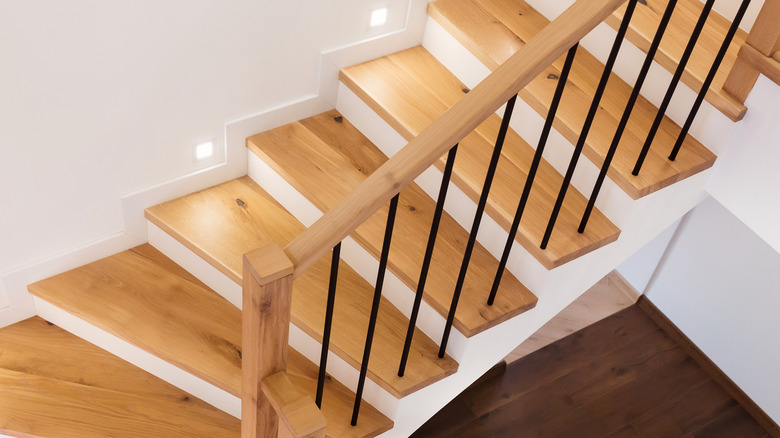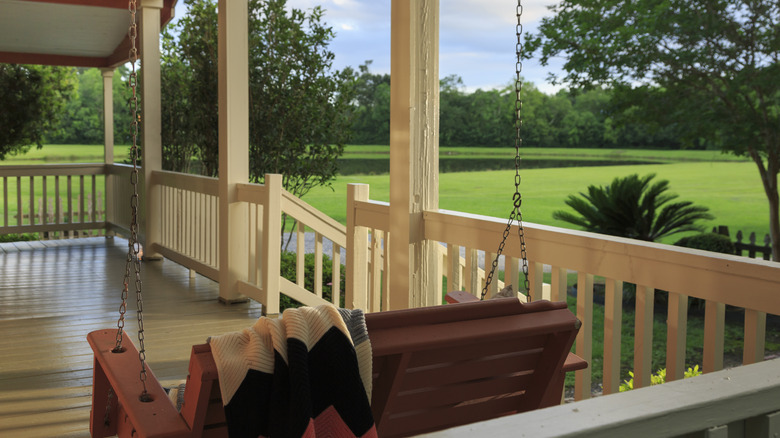Wobbly Handrails: Should You Be Worried And How Do You Fix Them?
We may receive a commission on purchases made from links.
Choosing your dream home isn't just a question of what best fits your personal aesthetic or best serves your family's needs, it's also about having shelter that you know will keep all occupants safe. On the list of housing features that the public may not think about, but can have a huge impact on one's well-being, wobbly handrails are an area of concern to take seriously. These gates are designed to sit primarily along the edge of a staircase or the boundaries of an outdoor deck, and can also bolster accessibility ramps for wheelchairs and other such devices. Wobbly handrails are at risk of breaking if too much weight is applied, whether using them as leverage to climb stairs or leaning against them to enjoy the sunset, so fixing handrails is imperative to prevent falling (often at height) and getting hurt.
Outdoor handrails may be in disrepair due to inclement weather, pests like wood-boring beetles, or general wear and tear over time. It's also worth noting that three common types of wood used for construction, lumber, plywood, and reconstituted products such as particleboard, have varying degrees of durability and may require different finishes. However, all handrails — both indoors and out — may be wobbly due to weak connections between each post and the frame. Basic screws and nails are not enough to ensure your railing is okay to use, so be sure to check your state's respective residential safety standards.
Fixing wobbly handrails looks different in every building
Handrails, especially on outdoor decks, can be constructed using a number of different styles. For example, there may be one (sometimes two) posts at the corner of a deck that support horizontal railings, or else every individual standard-sized vertical porch handrail can be latched to the baseboard. These connections are also variable whether your deck's walkable surface is flush with the joist supports or needs to be notched. Keeping a pry bar, claw hammer, wood driving block, and dovetail saw on-hand should ensure you have any equipment necessary for a wobbly handrail repair, and future damage from the elements can be mitigated by finishing your pieces with a water-repellent sealant like Olympic WaterGuard.
Loose balustrades that create wobbly handrails may need to be replaced entirely, but always clean away the current glue and varnish (using sandpaper and a chisel might help with older, dried-out adhesives like wood glue) to ensure the new connections have a strong start. Wall-mounted handrails could leave holes if removed, requiring the homeowner or contractor to fill and patch over their drywall. In that case, get your hands on some filler spackle, as well as a putty knife to smooth out the surface of the wall before you reapply your paint color of choice. Knowing how your home is built should offer enough foresight to shore up problems before they arise, as wobbly handrails may be a sign that things are too far gone, requiring more extensive — and expensive — repairs.

